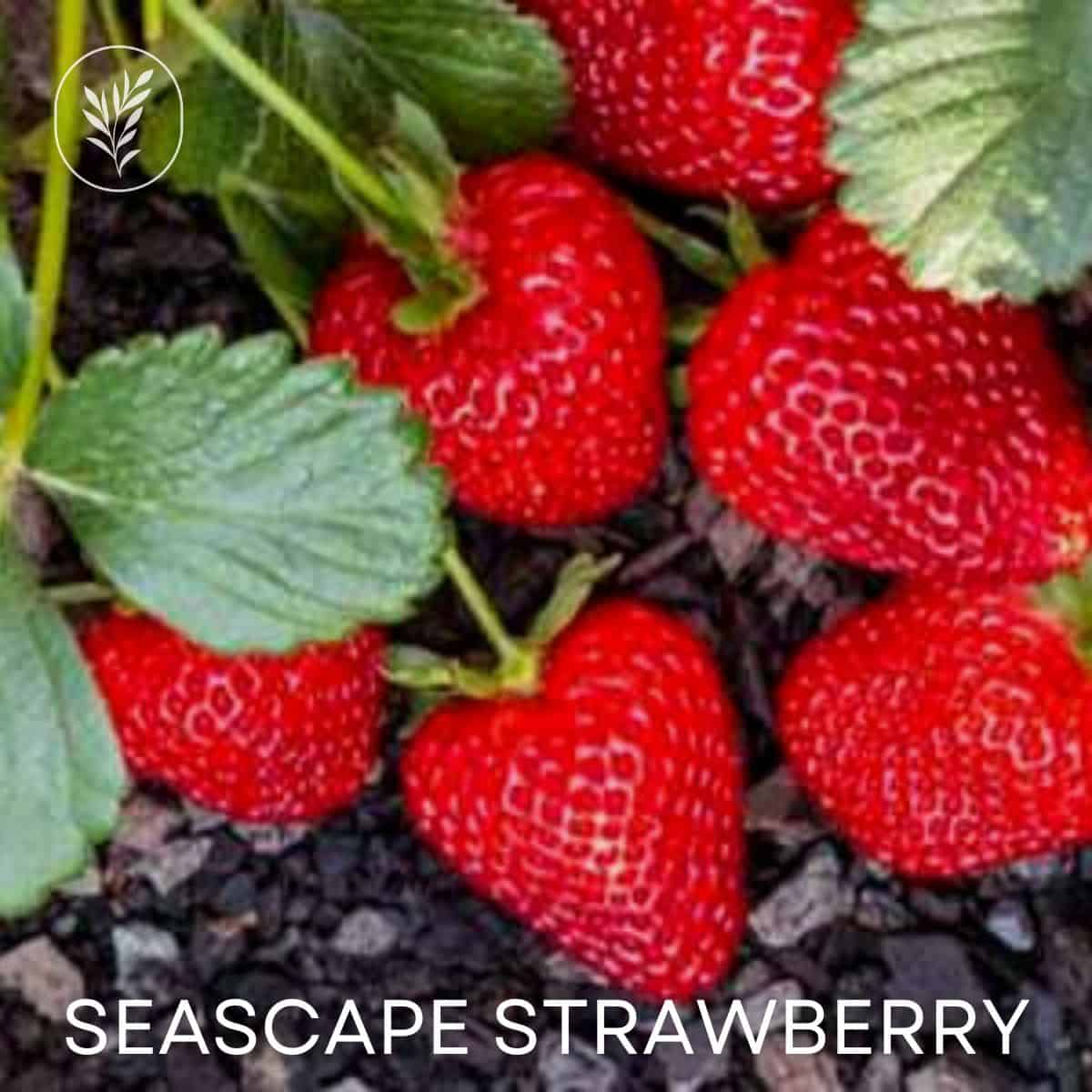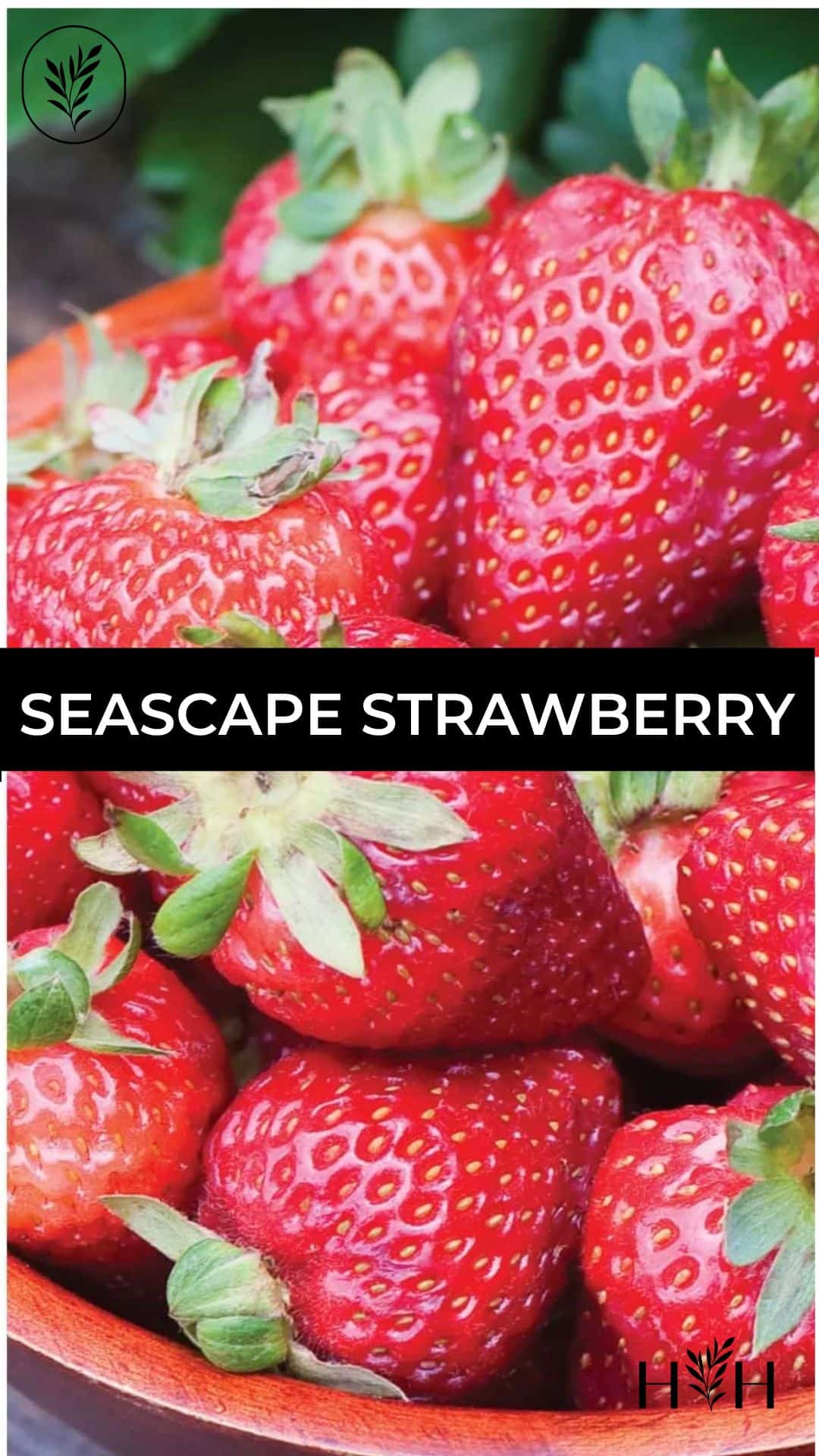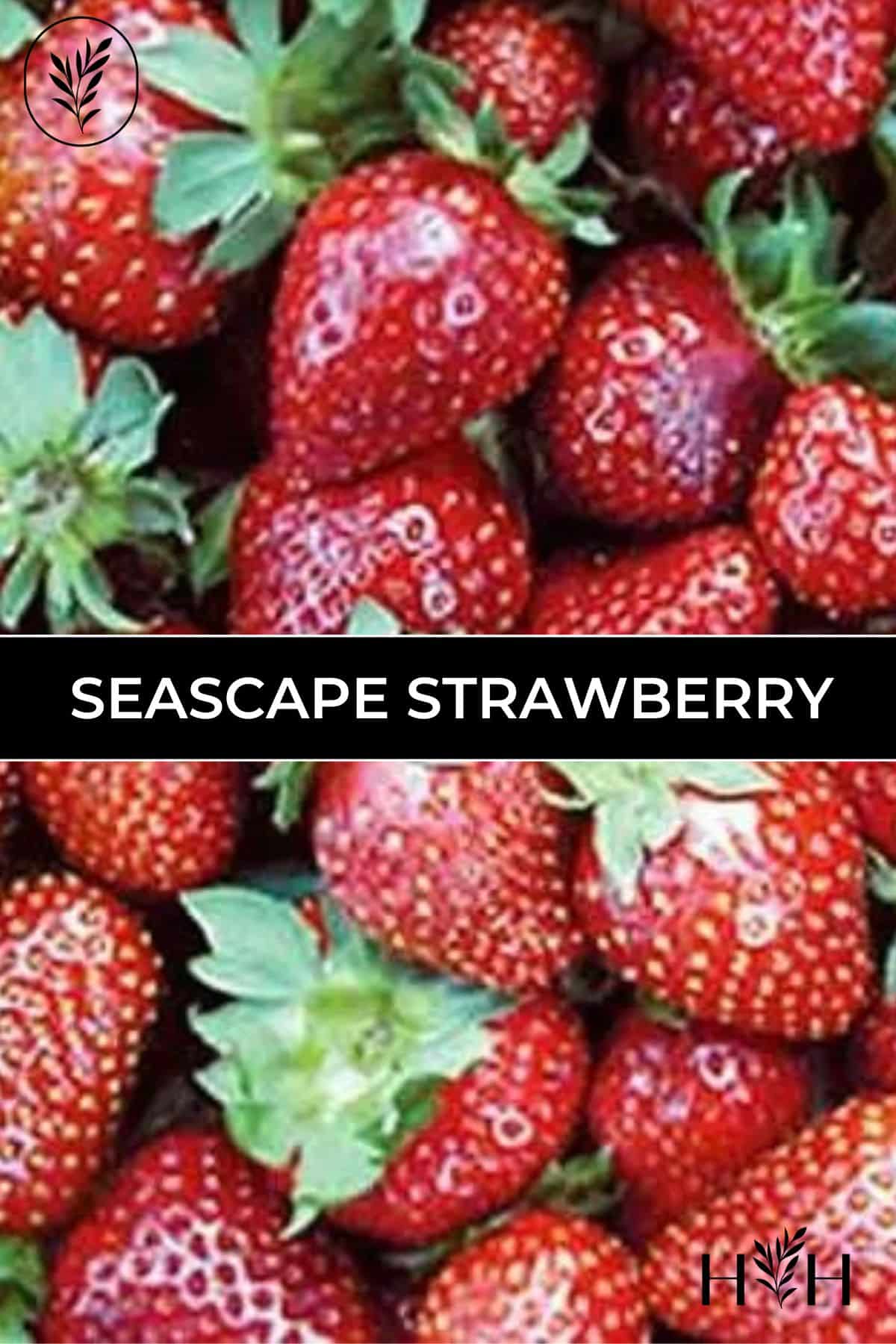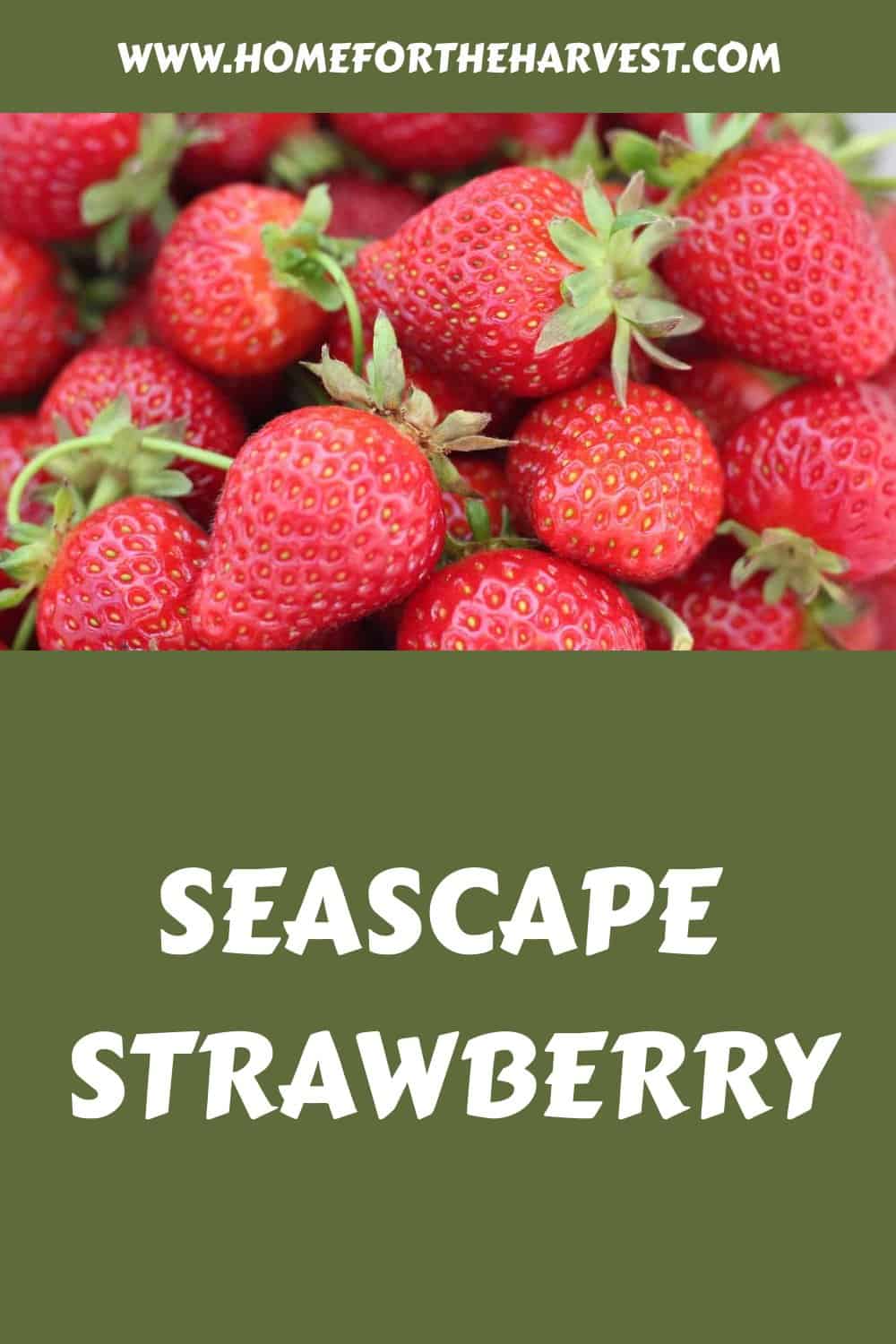If you want to learn more about Seascape Strawberries, then you have come to the right place! Seascape strawberries are delicious berries that are a very popular and sought-after variety.
The Seascape Strawberry is a day-neutral strawberry cultivar from California known for its extended harvest of large, bright red berries. Seascape plants are easy to grow, naturally resistant to disease, and tolerant of summer heat. They thrive when planted in sunny locations with good air circulation and well-drained soil.
Seascape strawberries are a great choice for gardeners looking for easy-care plants with a dependable ongoing harvest from late spring until autumn. To learn more about Seascape Strawberries, keep reading below!
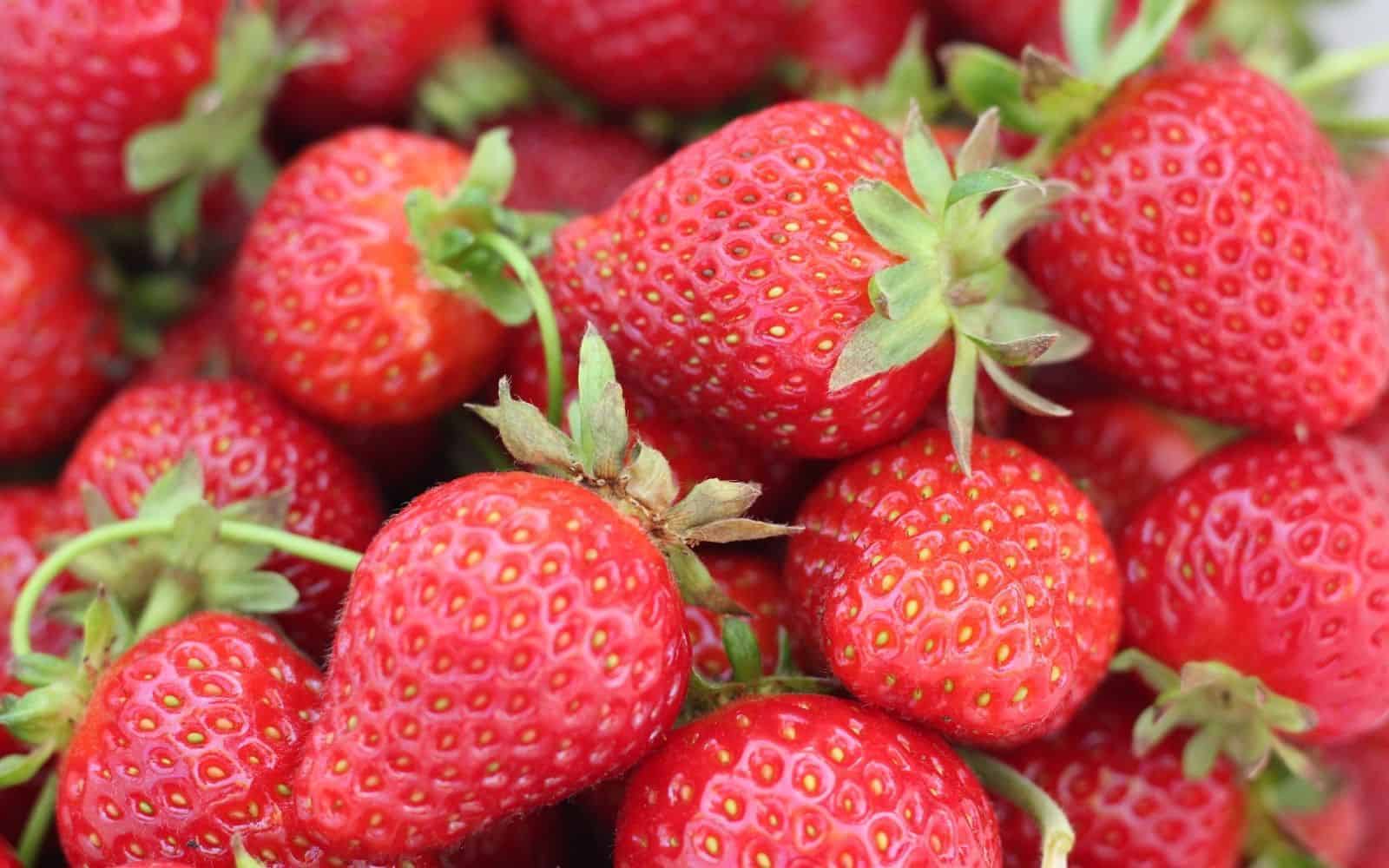
Seascape strawberries: The basics
The Seascape Strawberry plant was bred in 1991 at the University of California (Davis). This day-neutral variety is a hybrid cross of ‘Selva’ and ‘Douglas’ strawberry cultivars. You can find them as a plant at your local nursery or as a bare root.
Seascape plants produce strawberries that are large and firm, with bright red skin and a matching red interior. The berries have a typical old-fashioned strawberry flavor. Seascape plants are quite productive, growing lots of red berries throughout the late spring to autumn (and also producing many runners to set new plants).
Seascape strawberries are perennial fruiting plants classified as day-neutral strawberries. These types of strawberry plants produce berries throughout the growing season, no matter how long or short the days are. Day-neutral varieties like Seascape are prized by gardeners because they tend to fruit in the same year they are planted (unlike June-bearers).
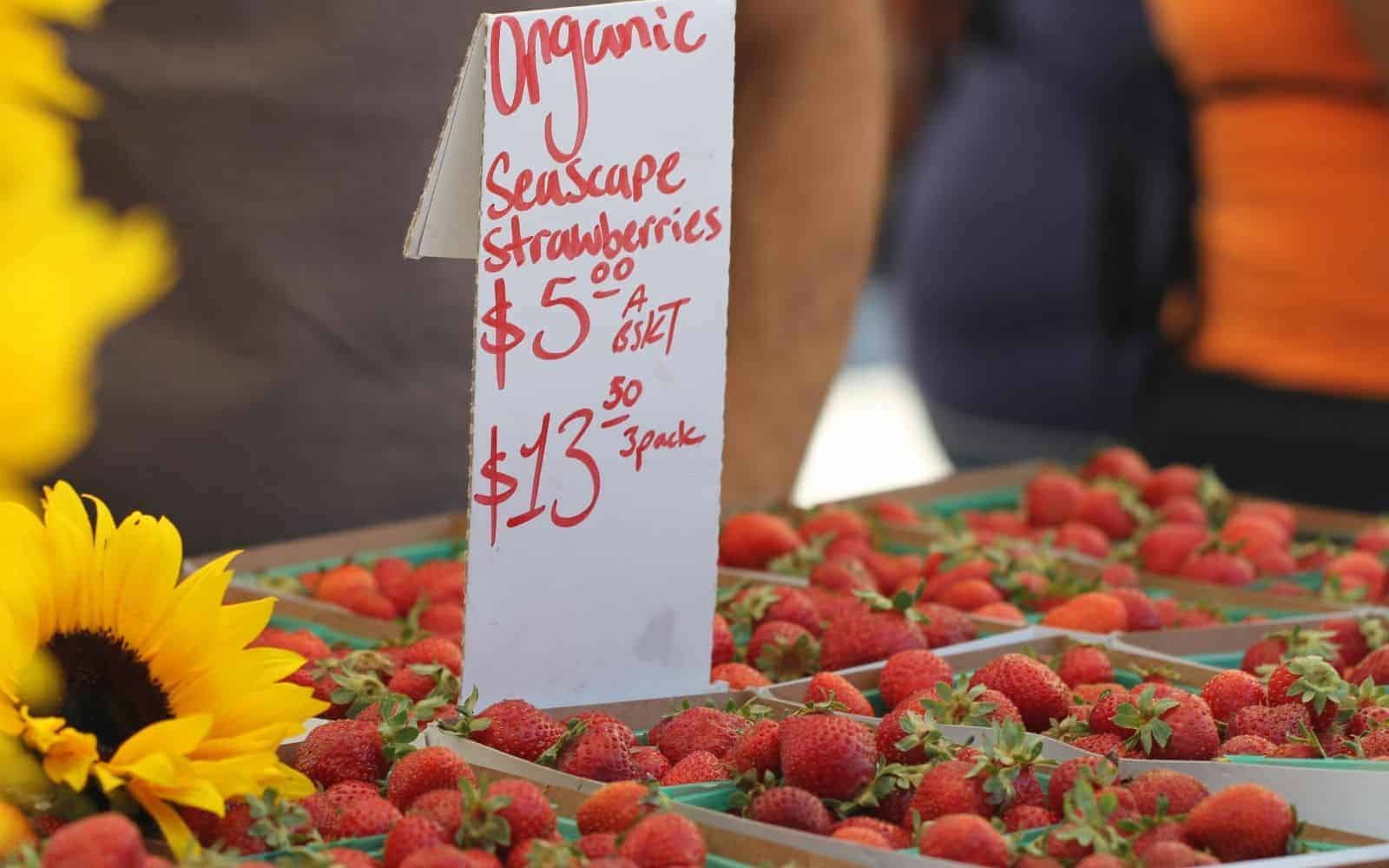
Seascape strawberries were bred in California and prefer warm weather conditions. They enjoy the blazing sun and hot temperatures. For optimal growth, the weather should be about 80° Fahrenheit, however, 90° is also tolerated.
Despite enjoying the heat, seascape strawberries can also survive in colder temperatures. The strawberries can withstand frost, especially during the winter months. During spring, more precautions should be taken to protect and transplant the plant, but frost still is not typically deadly. The resilience of these strawberries is quite impressive! Try to plant them reasonably far apart to allow for proper growth.
How do seascape strawberries taste?
With just one bite, you will be instantly addicted to Seascape Strawberries. They are wonderfully delicious and provide a perfect balance of sweetness and tartness. The berries are firm and medium-large in size. It is recommended to use these berries in desserts as they will enhance the flavor and will create a fresh burst of flavor.
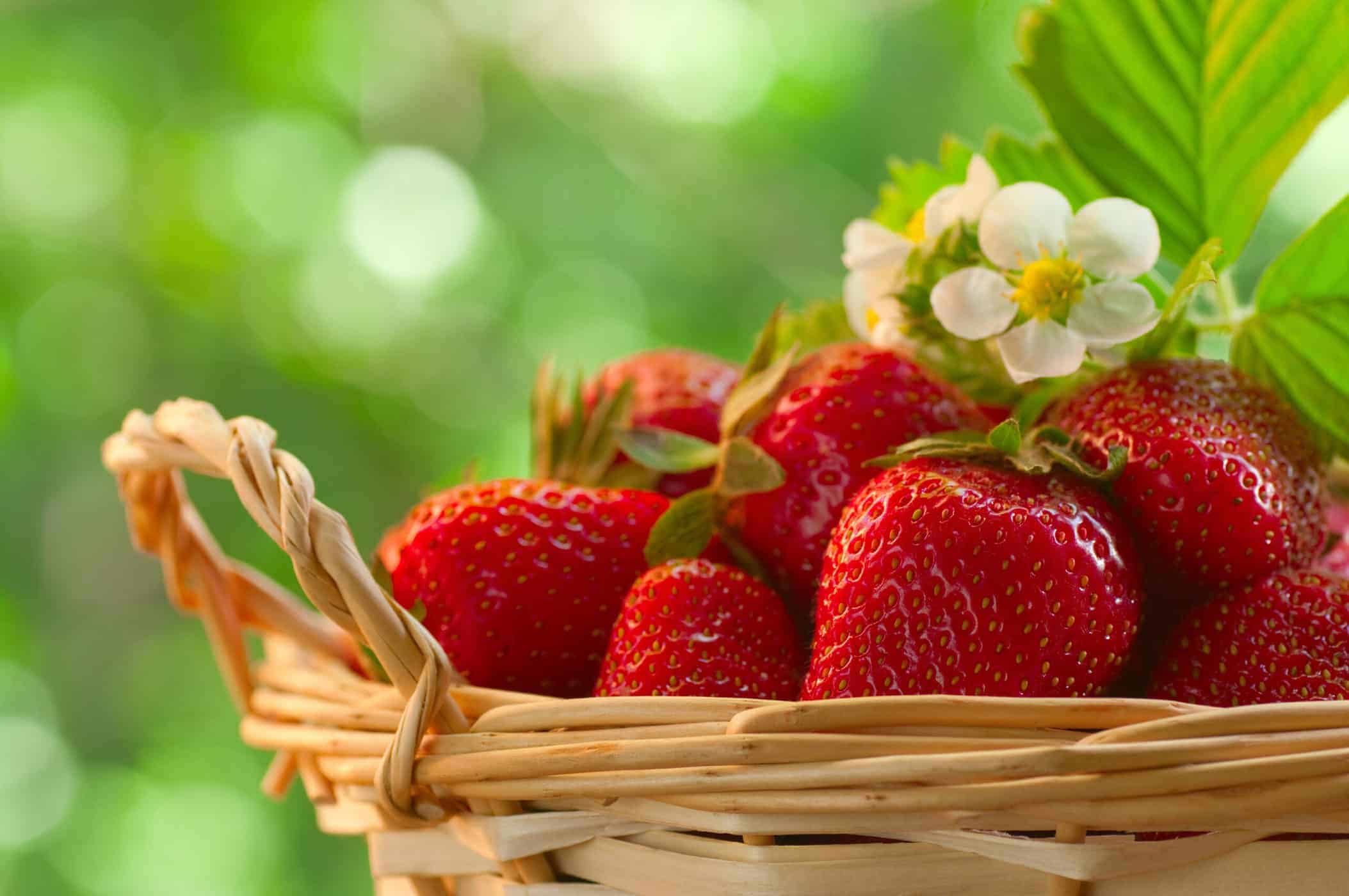
How to grow seascape strawberries?
Seascape Strawberries are easy to grow and care for. If you are planning on growing Seascape Strawberries, then you will want to know how to do so properly. Knowing how to grow these strawberries will help you to avoid making common mistakes that are deadly to the plant. By following the tips below, you will be ready to grow your own strawberries and you will know that you are doing so correctly.
Soil
Seascape strawberries grow best in well-drained soil, particularly a nice sandy loam. Loam soil is good for retaining moisture while draining excess water. It is a combination of sand, silt, and clay. This is exactly what strawberries need, as they require water but do not do well if there is too much. The loam soil provides a perfect balance as it will prevent the plant from becoming dehydrated while also making sure it does not drown in moisture.
When growing strawberries, air circulation is important. Loam soil allows for air exchange in the root zone of the strawberry, and this helps prevent disease. The blend of sand, silt, and clay gives the soil the optimal texture that is needed for strawberries.
Water
To grow Seascape Strawberries, they need at least one inch of water per week. They do not do well in overly moist conditions, so you will want to ensure you are not drowning the plant. Oversaturating the strawberry in water will cause damage/disease that could otherwise be avoided.
If the weather is warmer and drier than usual, then you will want to consider increasing the weekly amount of water the plant receives. Consistent watering is important when it comes to strawberries, so you will want to ensure it is being watered frequently and regularly.
Container
Picking a container is a pivotal aspect of the strawberry growing process. Many gardeners disregard this crucial step as they believe that any pot will work well.
Thankfully, strawberries grow well in a variety of containers. The one thing you will want to ensure is that drainage is available. Purchasing a container with a draining hole (or multiple) in the bottom is a great idea, as it will help to prevent mold, root rot, and other diseases.
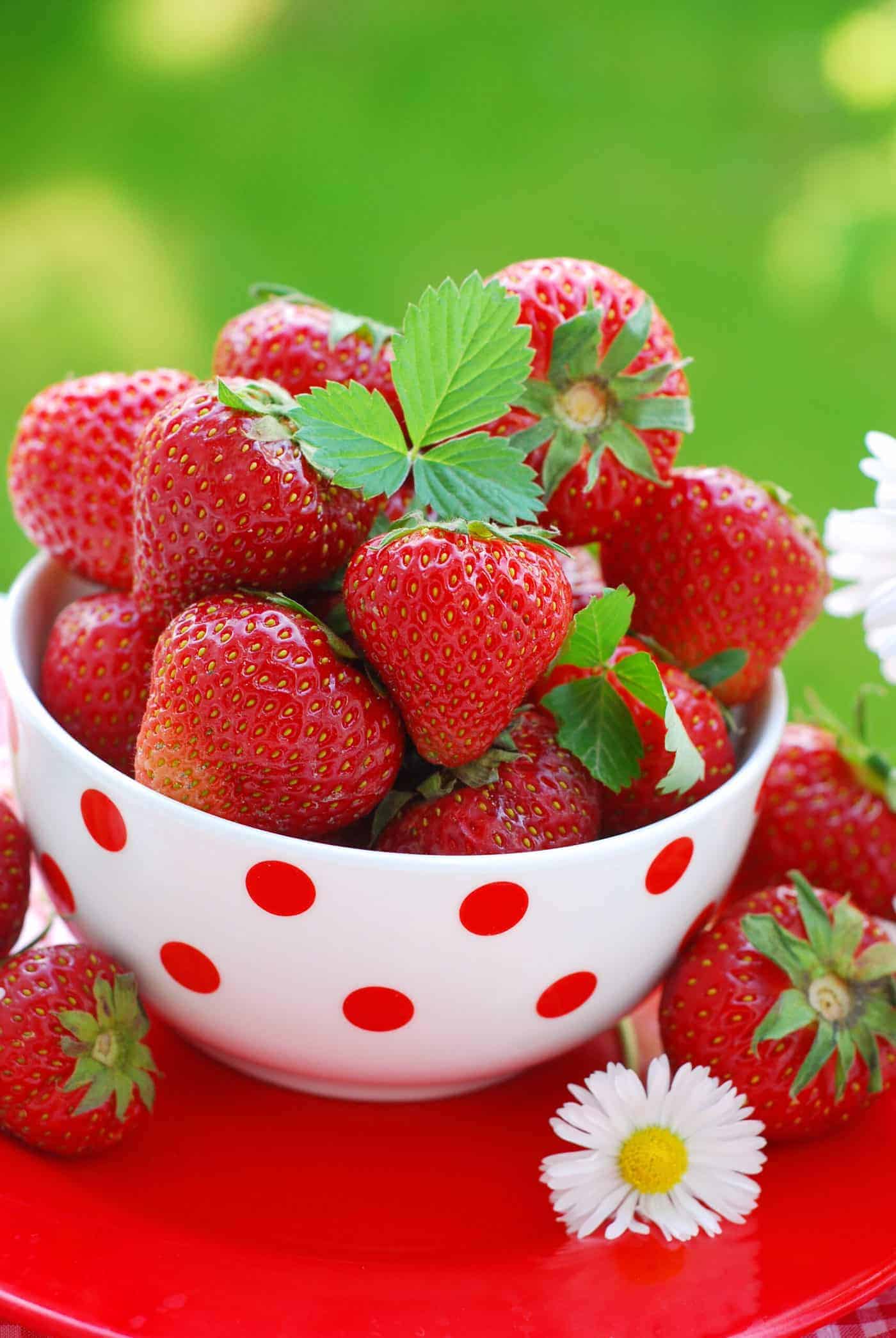
Sunlight
Seascape Strawberries need at least six-eight hours of sunlight a day. To maximize the amount of fruit the plant produces, provide as much natural light as possible. In areas where there is an overabundance of light, the plant will be grateful for the occasional bit of shade (particularly when soil is dry or in hot afternoons during a heat wave). In some circumstances, you may need to move your plant to an area with extra shade.
Disease
Strawberries are vulnerable to disease as well. Diseases having to do with mold, rot, and wilting are especially common. The vulnerability of strawberry plants causes the gardener to take greater precautions to ensure the plant avoids coming into contact with diseases.
Verticillium Wilt is a common disease that affects Seascape Strawberries. This disease occurs within humid conditions. It blocks nutrients from entering the leaves and eventually causes the plant to start wilting. This can be deadly for the plant and it should be removed from the soil immediately.
After removing the plant from the soil, find a new place for it that has not been infected before. Water the plant frequently and ensure it has plenty of air circulation.
Although sometimes disease is inevitable, some things can be done to prevent it from occurring. For example, purchase a container with good drainage. This will prevent water from building up and drowning the plant and its roots. In addition, do not overwater the plant. this can be just as damaging as underwatering it and it increases the plant’s risk of developing rot.
Read more about strawberry diseases and troubleshooting on the main page about How To Grow Strawberries.


